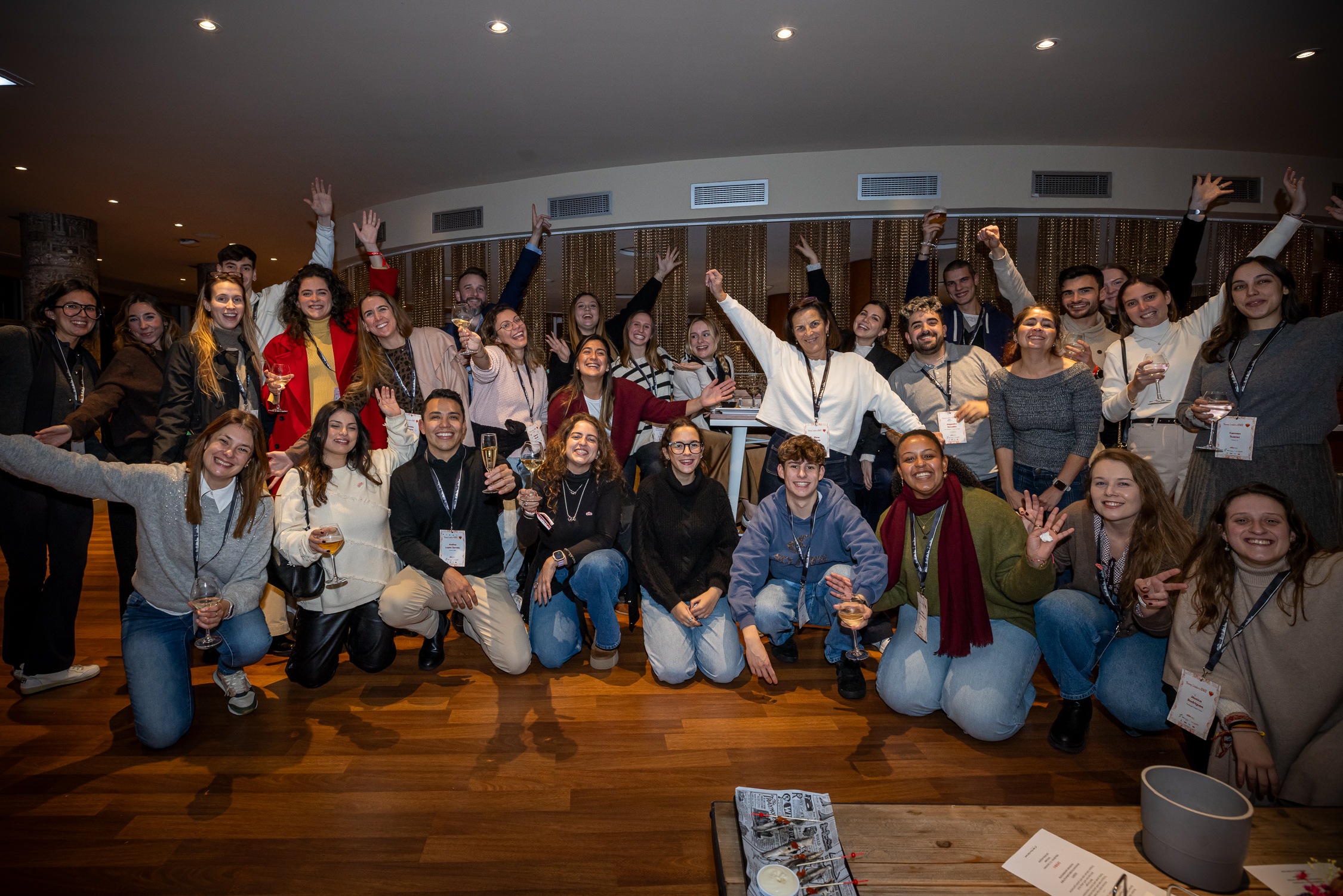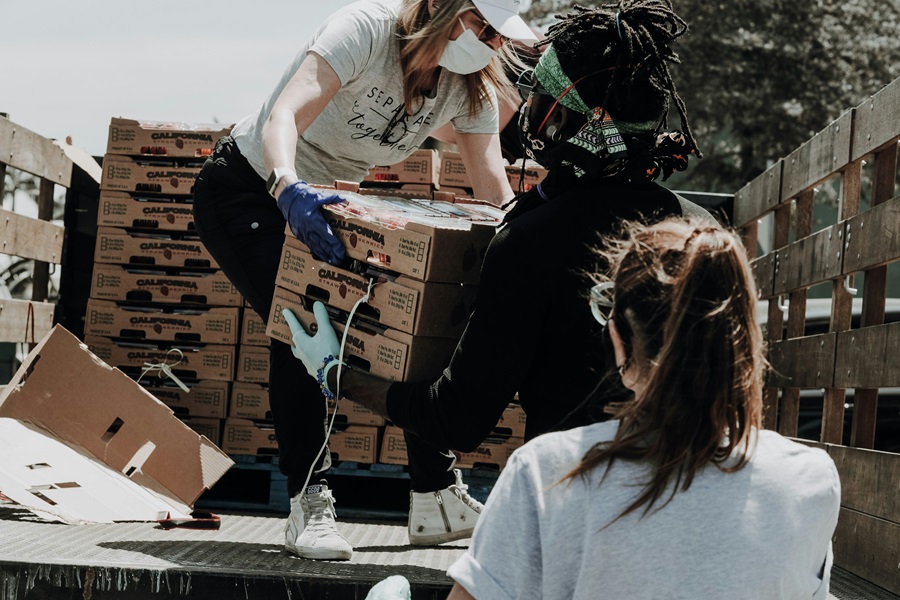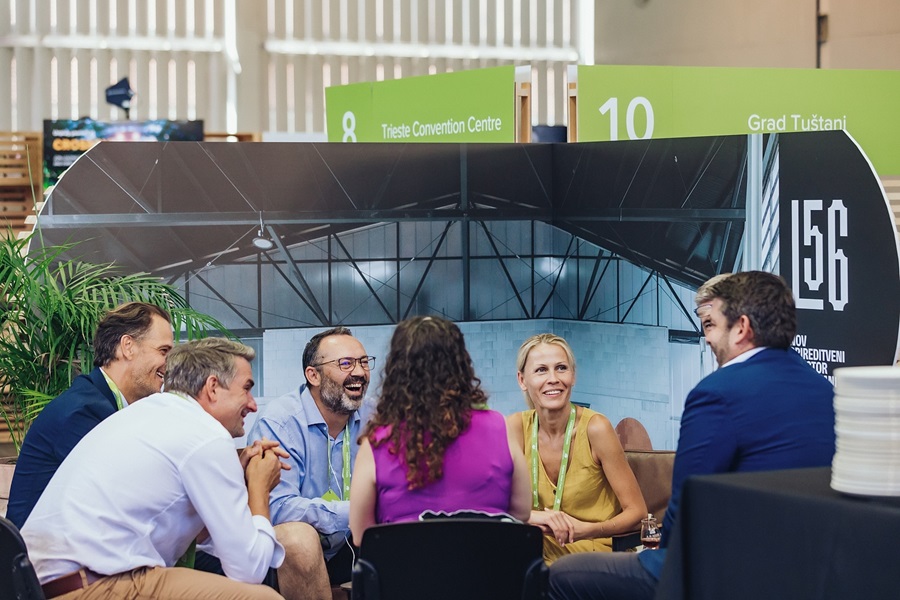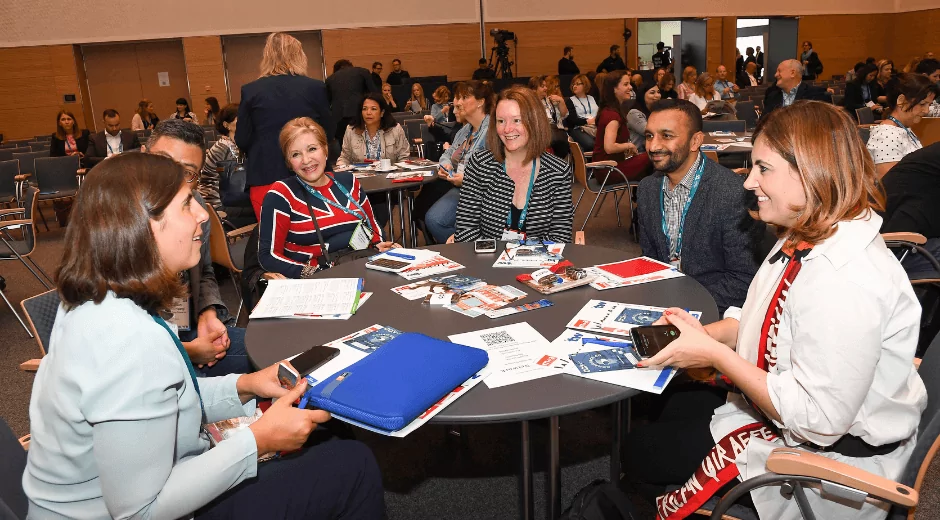How legacy can be a transformative concept in our industry

Share news
Listen
The delicate exercise of defining legacy
As David Noack, director of the Madrid Convention Bureau,comments, it is important that we are clear about this concept if we as an industry want to propose it to stakeholders, involve them and not generate confusion. The definition given by the Best Cities alliance (of which Madrid is a member) is that legacy is “the culmination of the results of the event in a long-term positive impact”, on the local territory on a cultural, economic, physical (e.g. infrastructure) level. It is a much more demanding notion than the mere positive impact of a meeting (or “meeting outcome”). Beware: a local aid action such as painting a school is a positive impact, but not a legacy. For it to be a legacy, it has to generate medium-term social, political and infrastructural changes.
Beatriz stresses that “legacy is a term specific to our sector, other sectors do not use it”. Moreover, “it is a notion expressed from the point of view of the organiser, not the beneficiary; the latter would speak of a positive impact”.
Keys to this concept and how to apply it
- The long term largo Eva Garde, directo of Granada Convention Bureau, highlights an interesting project in relation to the World Congress of Neuroscience to be held in Granada in September 2023. The IBRO (International Brain Association), the LOC and Granada agreed to organise an exhibition of Ramon y Cajal’s drawings, “Las Mariposas del Alma” (Butterflies of the Soul), to bring knowledge about the brain closer to the public. It has already been inaugurated and will be open to the public until after the congress, as a way of raising awareness about the brain. But beware: according to Best Cities, David comments, it will be legacy if long-term impact is ensured and measured. Making an exhibition is not enough, but it can be the starting point for a long-lasting awareness-raising project with clear and monitored objectives.
- Measurement. It is not only about developing over time, but also about demonstrating and thus being able to optimise its impact, according to David, legacy needs to be measurable, to be monitored in the medium term.
- The relationship with the activity of the promotive entity. The legacy project is often related to the activity of the sponsoring organisation, e.g. ESTRO’s legacy projects aim to improve radiotherapy treatments (and indeed they have studied that they save lives at their congress destination, combining awareness raising, stimulation of investment in equipment, training…). Although being related to the activity of the organising entity is not an essential notion, Beatriz stresses that the good way to approach these projects is “to see what the association’s objective is, what is aligned with the destination and its priorities, and to define a common purpose”.
- A collective project. Beatriz (from GDS-Movement and Meet4impact) stresses that “it has to be a multi-stakeholder collaboration”. Many types of actors may be involved, from foundations or NGOs to public bodies, research centres, universities, the press, local businesses… A good project starts from understanding which actors can collaborate to maximise impact, and thus go beyond a very specific action. According to Best Cities, “Legacy is a partnership between the organisation and the destination”: the partnership sets the objectives and the destination defines how to achieve them.
Three examples of legacy projects
- Eva comments the Congress of the Spanish Society of General Medicine (SEMG), which was based on the observation that adolescents do not sleep because of their mobile phones. A communication campaign was launched. The project has been supported by a local campaign called “Don’t let technology steal your dreams”, a series of lectures in schools, and a competition is planned for the end of the year.
- Beatriz comments that in Guadalajara (Mexico), the Intermoda fashion fair has defined a legacy project to transform the fashion and events industry in Latin America towards regeneration, educating and raising awareness. to the entire value chain: tracks in the training programme to raise awareness and a three-year sustainability improvement project in collaboration between the destination, the organiser and stakeholders.
- David tells us the example of an association working for children’s rights that organised its congress in a destination where child abuse was still a problem. By organising its congress in that country, it succeeded in making the authorities, both local and national, aware of the problem and, in the medium term, in proposing legislative changes in favour of children.
Why are events the opportunity for a legacy project?
If we want to improve cancer treatments or adolescent sleep, we can think of a thousand ways to do it without involving an event. However, as Eva points out, the magnitud of the event allows it to attract attention del evento: when 5,000 people come, it is easier to attract the attention of local institutions and the media. Also, for David, “the event is the catalyst, the loudspeaker, but it is not what generates the legacy: the legacy comes from the vision and mission of the association”. The congress is looking for this moment when everyone is gathered to raise the issue. Another key to events is that organisers want to have responsible event strategies, and may be interested in turning a one-off action into a lasting impact.. The congress: a perfect opportunity, the ideal catalyst and mobiliser, with the added advantage of being a deadline that moves things forward.
The need – and difficulty – of mobilising resources at the destination
One of the keys to these projects is to identify the actors to be involved, actors who often do not even know the events sector. But this identification will come after the definition of a strategy, of the objectives and types of actions we seek to achieve them. Contacts are then sought. In Eva’s words, “although sometimes it is done on an ad hoc basis, we also identify sensitive groups that can get involved, that are interested: chamber of commerce, city council, education department”. Having them already sensitised helps a lot when it comes to legacy projects.
Demand, very incipient
The notion is growing little by little but change is undoubtedly difficult, especially if it is a notion like this that requires the involvement of several stakeholders, the definition of a long-term project… all this when organising an event is already a considerable job. This notion is not in the briefings of many companies, although some cases are beginning to emerge. It is a long, complex and still incipient process.
How can we, as an industry, develop this concept?
All three participants agreed that it was a long road, where “every project adds up”. We need to be clear as an industry before talking to the client, document case studies (not only from medical congresses but also from other groups). And to ensure that this delicate change takes place, we will need to understand the client, their objectives and limiting factors, and accompany them. It is a team effort where, as an industry, we will have to lead, raise awareness, facilitate and help an entire ecosystem of collaborators and, above all, the customer. Hacer del mundo un lugar mejor…











